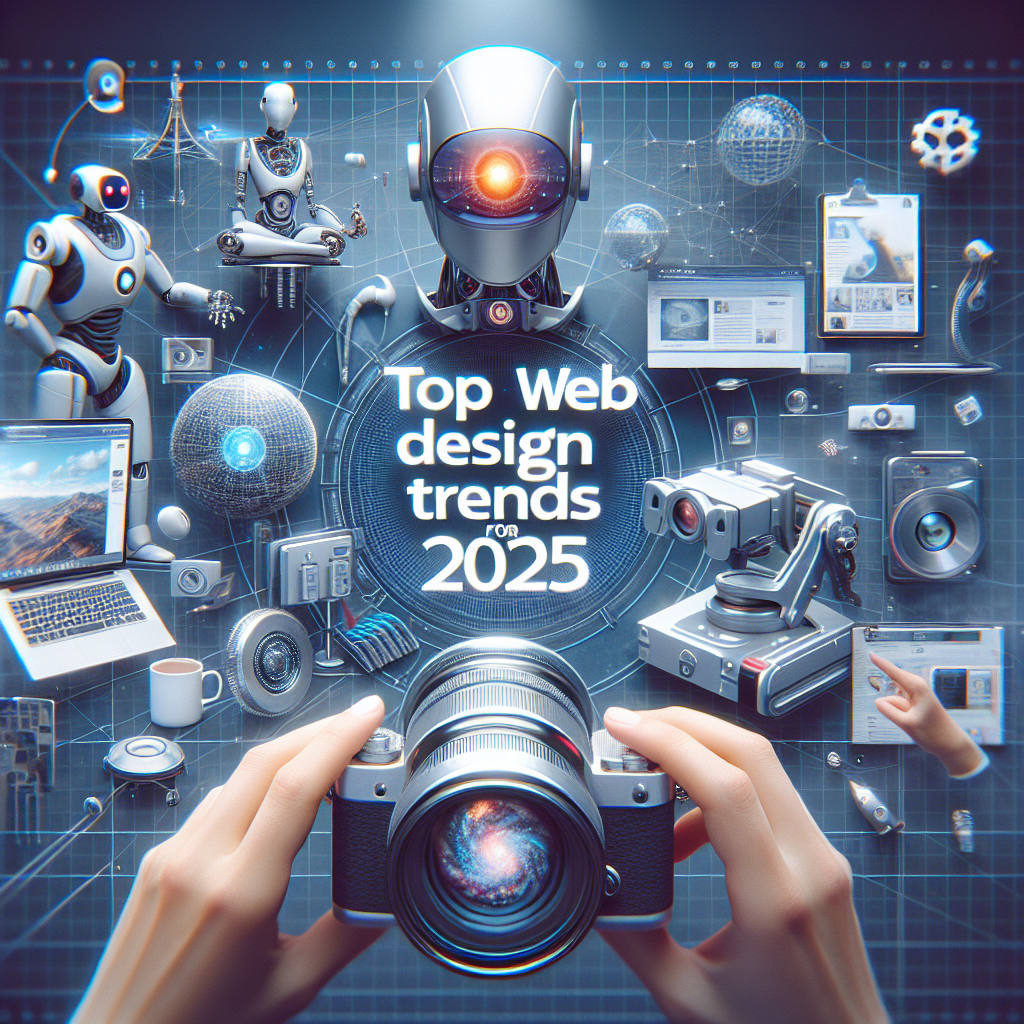As we approach 2025, the landscape of website design and development continues to evolve, driven by technological advancements and changing user preferences. This article explores the top trends expected to shape the digital experience in 2025, focusing on innovations that enhance user engagement, improve functionality, and promote inclusivity.
The Rise of Artificial Intelligence in Web Development
Artificial Intelligence (AI) will play a pivotal role in website design and development in 2025. With the integration of AI-powered tools, developers can automate repetitive tasks, allowing for more focus on creative aspects. AI will also facilitate enhanced user experiences through personalized content delivery. Websites will analyze user behavior in real-time, adapting interfaces and recommendations based on individual preferences.
- Personalization: AI algorithms will curate content that resonates with users on a personal level, leading to higher engagement rates.
- Chatbots: AI-driven chatbots will provide instant support, improving customer service efficiency while reducing bounce rates.
- Predictive Analytics: By leveraging analytics, websites can anticipate user needs, resulting in better navigation and tailored experiences.
Emphasis on Accessibility and Inclusivity
Website accessibility is more essential than ever in fostering an inclusive online environment. As more businesses strive for compliance with accessibility standards, designers will prioritize features that support users with disabilities. By 2025, implementing guidelines such as the Web Content Accessibility Guidelines (WCAG) will not only be a legal requirement but also a moral imperative.
- Keyboard Navigation: Enhancing navigational ease for users who rely on keyboard shortcuts will become standard practice.
- Text Alternatives: Providing descriptive text for images and videos ensures everyone has equal access to information.
- Color Contrast: Careful consideration of color blind users will drive designers to select accessible color combinations.
Immersive User Experiences through Virtual and Augmented Reality
The integration of Virtual Reality (VR) and Augmented Reality (AR) in website design is poised to transform user experiences in 2025. These technologies will allow users to engage with content in a multi-dimensional format, creating richer interactions. For e-commerce, AR can provide virtual try-ons, while VR can create immersive environments for brand storytelling and product exploration.
- Virtual Showrooms: Retailers will create VR experiences that allow customers to explore products as though they are in a physical store.
- Interactive Content: Websites will feature gamified experiences, encouraging users to interact with the content in innovative ways.
- Enhanced Brand Engagement: By harnessing AR/VR, businesses can create memorable experiences that resonate with their audience.
In summary, the trends projected for website design and development in 2025, such as AI integration, accessibility focus, and immersive experiences, highlight a shift toward a more personalized, inclusive, and engaging digital space. As these trends unfold, businesses must adapt to meet evolving user expectations and harness innovative tools to stay competitive.


